Apps and programs across the globe have steadily influenced our ability to plan and organise our lives, with so much on offer it can get a little daunting, which is why our editor Leanne Coppock took things back to basics with the classic Bullet Journal. In her own words, Leanne describes her journey from uncoordinated to list-making convert.
“Never more had I related to Dumbledore when he confessed to pouring thoughts into a pensieve due to lack of brain space as I attempted to plan and organise my hectic schedule. At least if magic was real there would be a quick fix to my forgotten dinner plans and endless receipt and letter scrawls strewn across the lounge.

In a bit to sort my life plans out I listened with eager ears when a friend suggested trying a Bullet Journal. Bullet Journals have become the newest stationary craze to sweep the web, with bloggers in particular keen enthusiasts of the dotted list.
Designed to simply notes and condense time spent writing, the Bullet Journal comes not just with patterned pages, it comes with a new way to plan and code your life. The first things to consider was how much and where to buy.
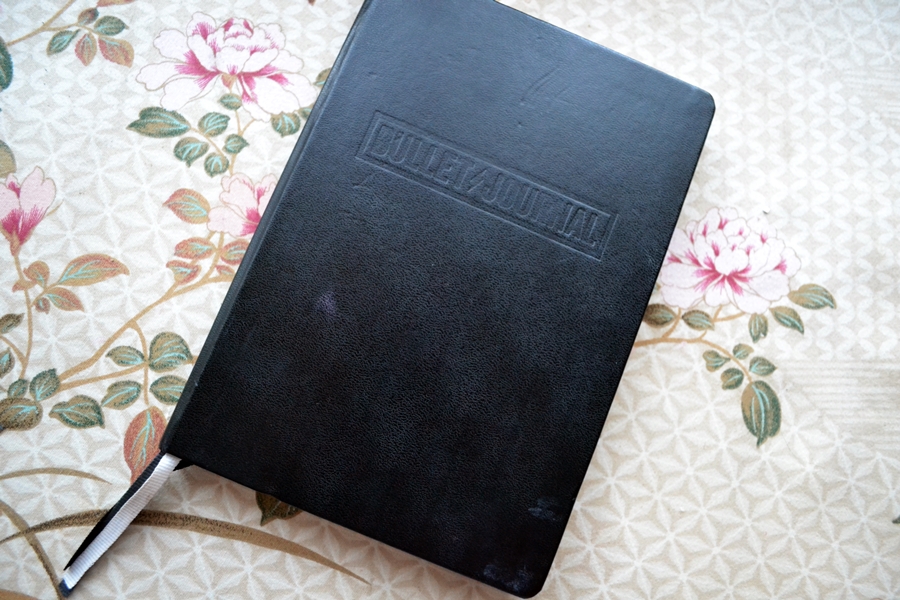
With most sites averaging around the £20 mark, I was unsure of whether to bite the bullet (pardon the pun) and splash out (in terms of my usual stationary budget) on the chance that this may work. There was always my inner-artist who risked taking this hobby up and abandoning mid-month like many of my other unwanted half-skills (if you ever need someone to recite a sentence of Japanese or play 2 chords on guitar I’m your woman).
After vivacious web-browsing I found a covetable price at £15 for the standard A5 sized Bullet Journal in black on Wordery. With a standard delivery of 3-5 days, I needed only live a disorganised life for another potential week before my saviour arrived.
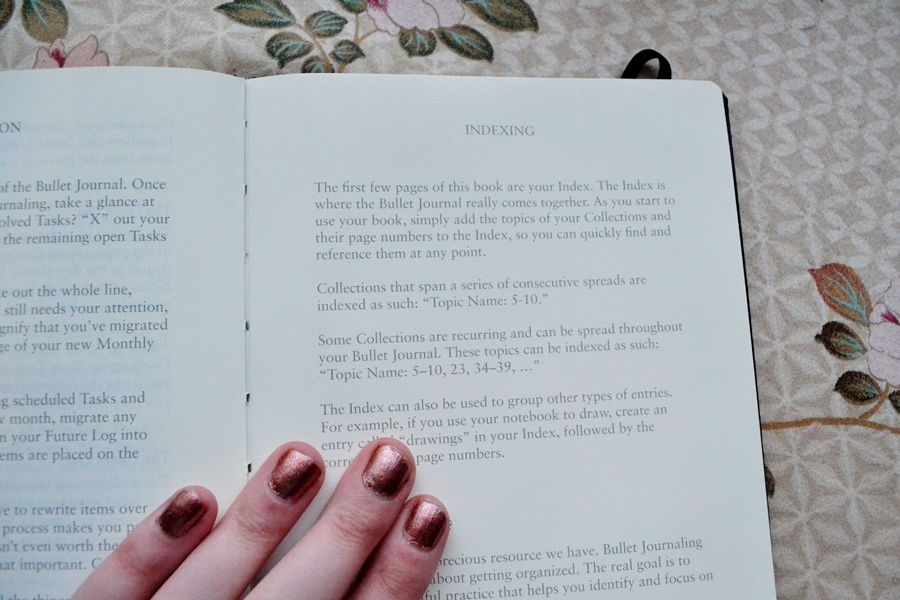
Upon arrival I opened it up and read the introductory and index notes, which gave a typical run through of how to get started. The concept was simple, use the three markers to split your journal into three segments, prioritising a different area or purpose for each one. My journal was split into monthly overview tasks, daily to-do tasks and STYLE etc. planning, of course.
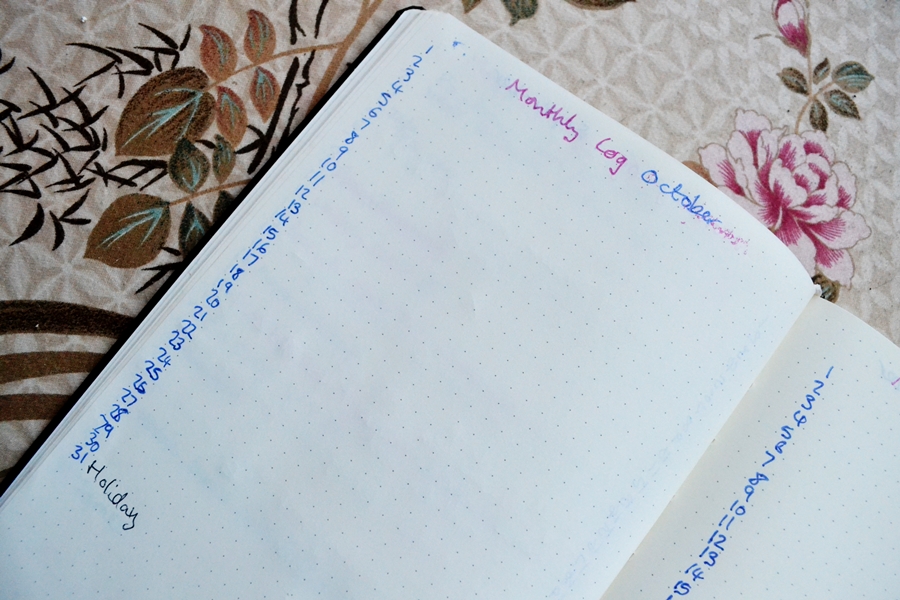
The dots are present as such to offer versatility; they can be arranged to form timetables, schedules and to-do-lists as required. The dot over line format makes it all the easier if you require some pages to have vertical columns, making them easily drawn with no mistakes.
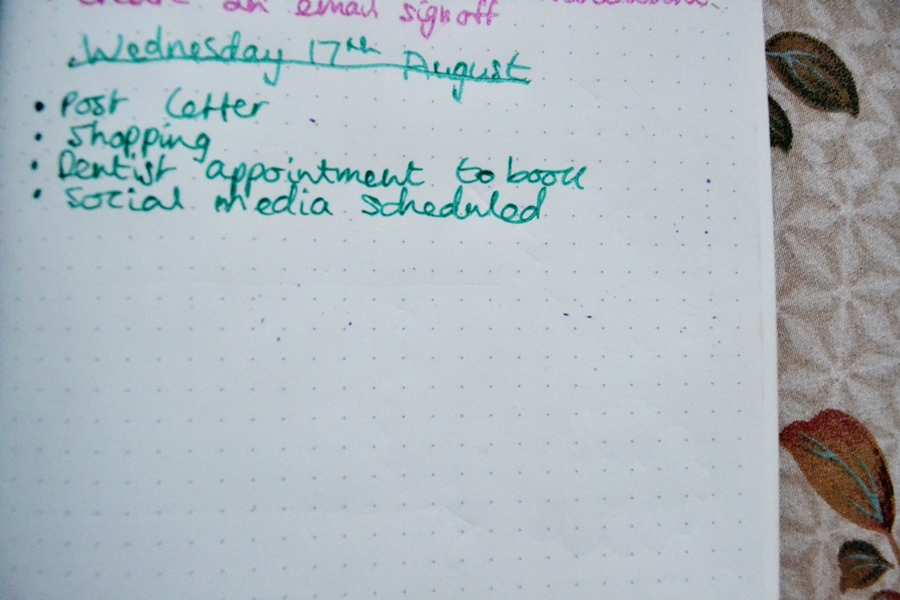
As previously mentioned, the less is more approach is what is encouraged by your Bullet Journal, the idea is to micro-note instead of over explaining and wasting space. An Index at the start allows you to add pagination and keep track of what sections begin where.

The USP of the Journal has to be its coded system, meaning when you write lists or plan events you can easily keep tabs of where it is up to by checking the reference code. A key is present at the start to remind you what each code means and they are suggested to be kept simple. A simple dot means a bullet point, an X refers to any completed task and a circle next to a title means this is an event. You can also add your own references to adhere to your personal needs.

I started my Bullet Journal by adding in events to my over-arching monthly plan, keeps the title simple to the event name. Then I could add this in in more detail in my daily list nearer the time, allowing me to organise any tasks that may need to be done in advance.
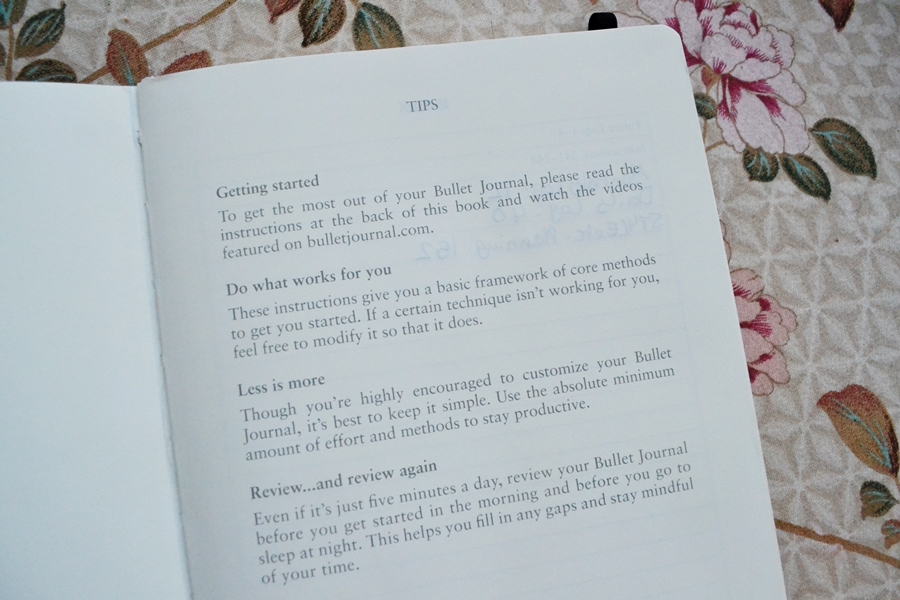
If any events or tasks were not able to be completed, it was simple as using the coded arrow > to show this had been moved to the next day, reminding me to add this in the following days task list and making me less likely to forget. In terms of planning, I usually find the larger tasks easy to remember, it’s the little things that are tough such as remembering to buy more envelopes or pick up milk from the shop. The Bullet Journal enabled this little jobs to be prioritised on that day instead of getting lost in paragraphs of larger jobs.
I’ve been successfully journaling for two months now and can say it certainly helps bridge the gap between work tasks and weekend events. I can happily say I’ve been converted and find it of minimal effort compared to alternate methods tried.”
Have you tried a Bullet Journal? Let us know in the comments below





